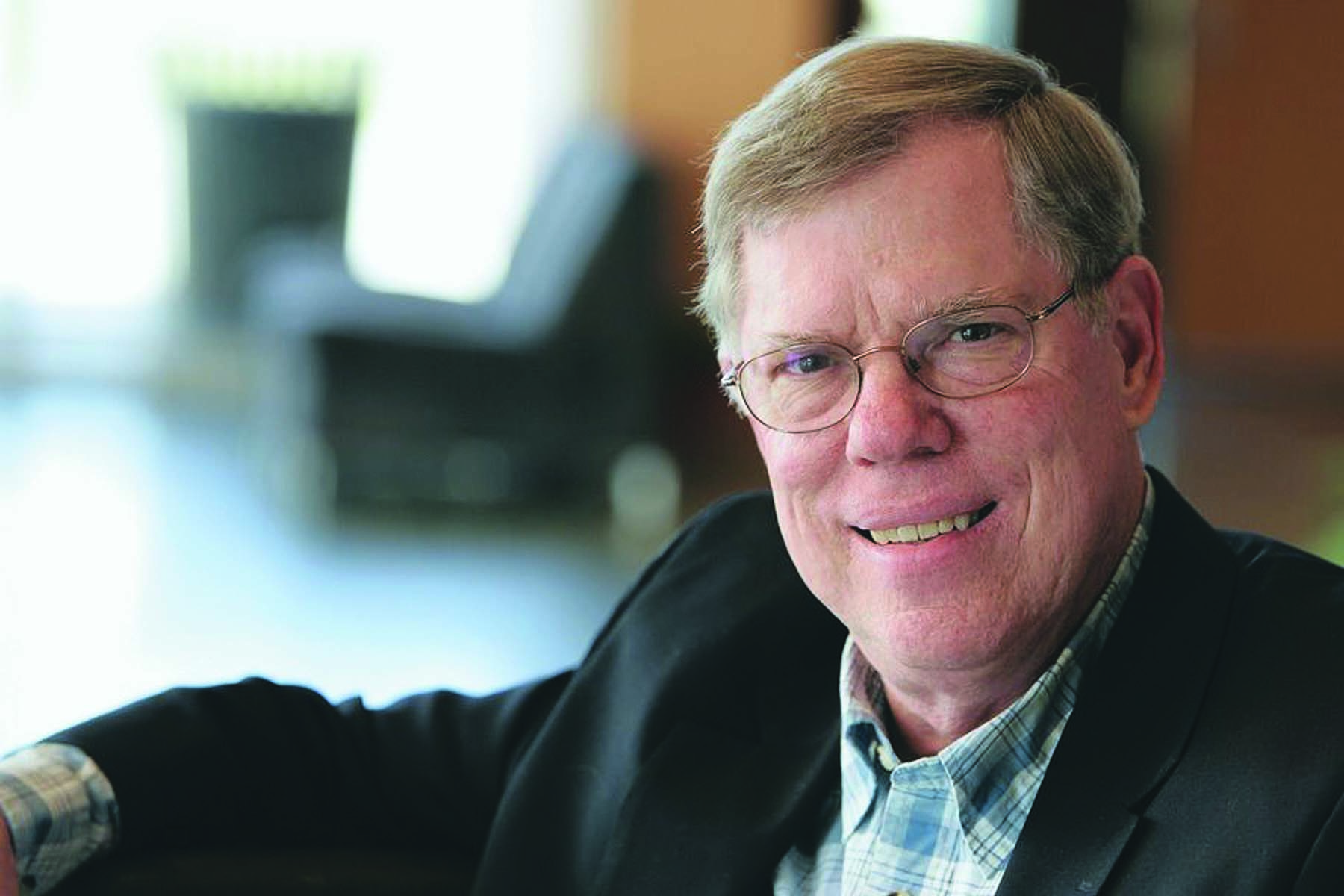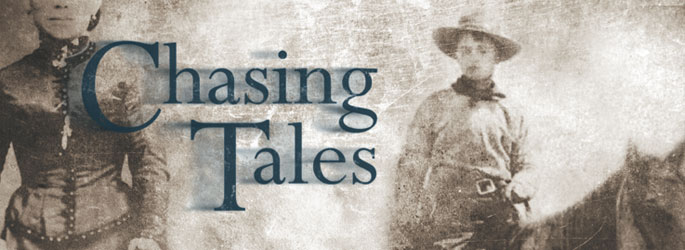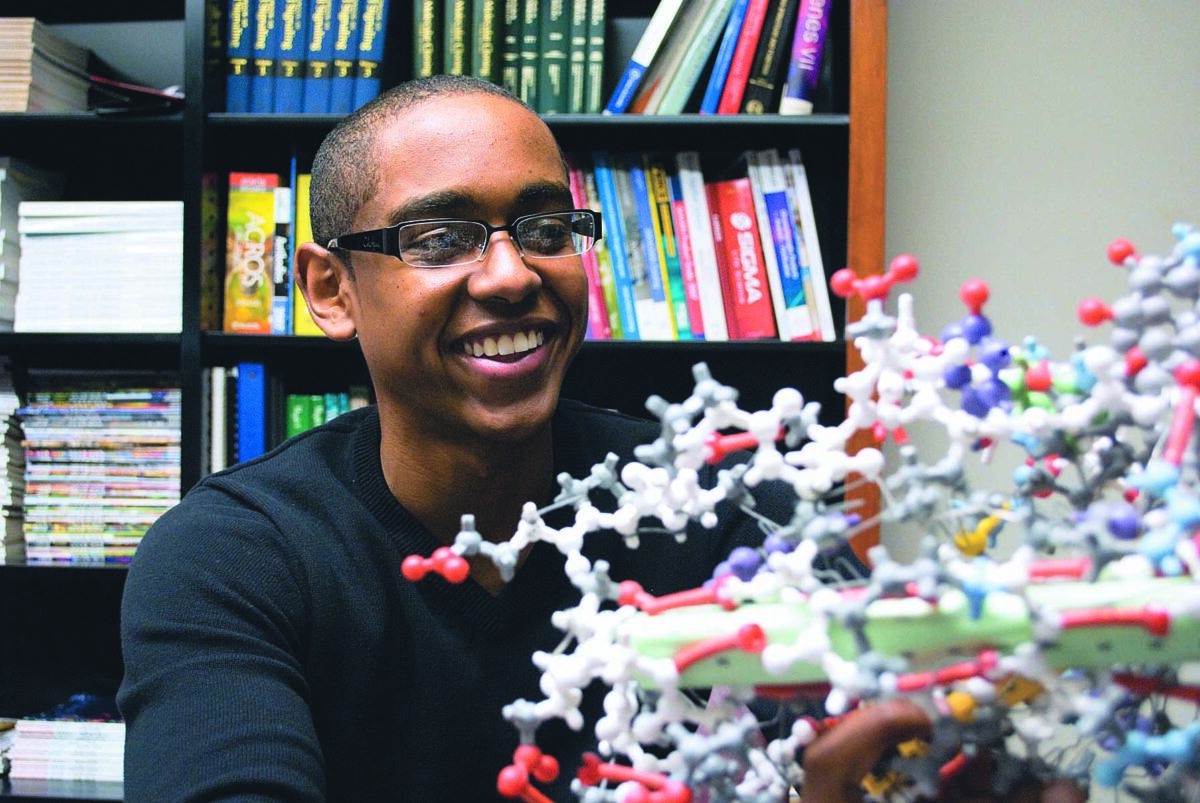The Erickson School’s masters program for the Management of Aging Services (MAgS) counts among its alumni professionals as diverse as lawyers, publishers, artists, nursing directors, and, of course, seniors housing executives – hailing from states as far away as Texas.
But one small retirement community in particular – Quaker-directed Broadmead in Cockeysville, Md. – dominates the school’s young crop of alumni with seven graduates, including the company’s CEO, Rich Compton ’08.
It started with Compton hiring fellow classmate, Diana Givens ’08, midway through the program to become Broadmead’s Director of Community Excellence. Before even graduating in December 2008, Compton knew he wanted the rest of his leadership team to enroll in the Erickson School’s unique masters program integrating aging, policy and management.
“We needed to help all facets of the organization understand how managing aging services is no longer something that can be done by people with just good intentions,” Compton said. “The program opened my eyes to the changing landscape of aging in America and the need to adapt our business practices.”
By December of 2009, the Erickson School graduated five more master’s degree alumni associated with Broadmead, including the organization’s Associate CEO Tom Mondloch ’09, Resident Life Director Brenda Becker ’09, Rehab Director Charee Collins ’09, trust fund manager Elizabeth Shaughnessy ’09 and Board of Trustees member Bettie Farrar ’09.
Mondloch is now spearheading an organization-wide initiative to adopt the principles of “culture change,” a central philosophy at the Erickson School that emphasizes person-centered approaches to long-term care. For Broadmead, a continuous care retirement community, the goal is to create living environments that will provide a quality living experience that does not change when residents transition from independent living to assisted living or to nursing care.
“We’re trying to create equity within people’s experiences, remaining person-centered in the sense that where you live is not the primary driver as to what your life experience is,” Mondloch said.
This is being realized in 2010 by the conversion of the third floor of a community residence building into 28 assisted-living apartments with private bathrooms, bedrooms and living areas, walk-in closets, kitchenettes and stacked washer and dryers.
“Not many graduate programs can boast such a robust legacy and immediate impact right out of the gate,” said Erickson School interim dean Judah Ronch. “But this is exactly the kind of leadership development that the Erickson School was designed to create.”
The impetus for creating the Erickson School came from the shared vision of UMBC President Freeman A. Hrabowski, III, and Erickson Retirement Communities founder John Erickson. They recognized the significant societal shift that would come with the impending retirement of the baby boom generation, nearly 80 million strong.
A donation of $5 million by Erickson and a matching grant from the state helped launch the Erickson School as an interdisciplinary program intended to address every phase of aging in America through undergraduate, graduate and executive education programs integrating aging, policy and management.
The school currently enrolls 470 undergraduate and 35 master’s degree students. Broadmead’s ties to the Erickson School also extend into the undergraduate program with four UMBC students participating in Broadmead internships in the past two years.
Tags: Summer 2010





